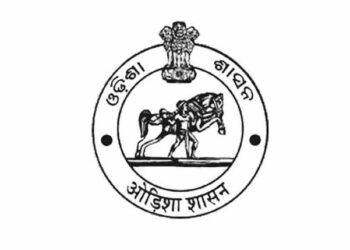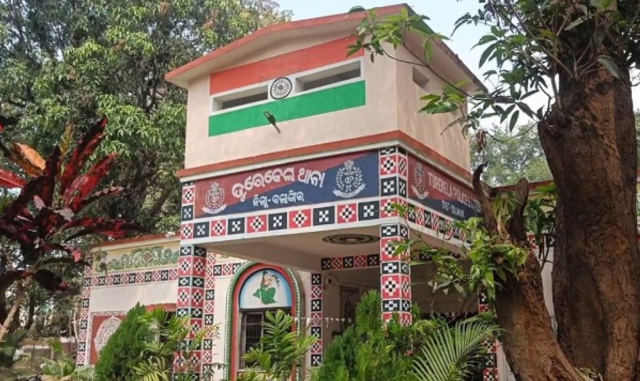In a significant breakthrough, the Cyber Crime Unit of Odisha Police’s CID Crime Branch arrested the prime accused, Anshuman Sharma, for operating a fake website impersonating Niladree Bhakta Nivas.
This scam targeted unsuspecting pilgrims seeking accommodation, luring them into making online payments through a WhatsApp number. Here the list of individuals arrested in the Niladri Bhakta Nivas fraud case:-
- Anshuman Sharma (24)
- Role: Prime accused, creator of the fake website.
- Location: Uttar Pradesh.
- Aravind Kumar (35)
- Role: Accomplice, bank account used for fraudulent transactions.
- Location: Uttar Pradesh.
- Akash Kesharwani (33)
- Role: Received ₹3.7 lakh in his account.
- Location: Prayagraj, Uttar Pradesh.
- Hiteshbhai Patra (39)
- Role: Received ₹27 lakh in his account.
- Location: Surat, Gujarat.
- Parth Parmar (25)
- Role: Primary account holder, received ₹25 lakh in his account.
- Location: Ahmedabad, Gujarat.
- Thakkar Karsanji Sobhaji (48)
- Role: Received ₹9.3 lakh in his account.
- Location: Banaskantha, Gujarat.
- Kureshi Mohammed Aslam (31)
- Role: Received ₹6 lakh in his account.
- Location: Kheda District, Gujarat.
The investigation revealed that Sharma had launched the fraudulent website in May 2024, redirecting payments to an accomplice’s bank account. The police swiftly acted on complaints filed by the Chief Administrator of the Shree Jagannath Temple and shut down the site. The accused and his accomplice, Aravind Kumar, were apprehended with evidence including laptops, mobile phones, and bank details.
Additionally, Odisha Police uncovered a web of investment fraud across Gujarat and Uttar Pradesh. Multiple suspects were arrested for siphoning off amounts ranging from ₹87.8 lakh to ₹7.5 crore. Seized items included bank cards, forged documents, and other digital assets, shedding light on a well-coordinated cybercrime network.
Authorities have urged citizens to remain vigilant against online scams, particularly unsolicited investment offers. The public is advised to verify such schemes and report cyber frauds via the helpline (1930) or local police stations. The investigation is ongoing to trace further connections and recover stolen funds.





























